10/21/2019
Abu Dhabi, United Arab Emirates.
I’ve just returned in Sardinia from my first trip to the Arabian peninsula and to the United Arab Emirates; as a complete outsider and novice to this place and as a place I have never studied as an anthropologist per se, I wanted to reflect in words and pictures on all the richness, soundscapes, and the contradictions of this desert culture that borders the sea.
I arrive to the airport in Abu Dhabi (transl. “Father of Gazelle”), and am immediately struck by two things: the heat hitting my face like a hair dryer, and the sound of the final daily call to prayer, which begins just as my passport is scanned and an electronic photo of my face is taken to document my entry into the country. The voice reciting the Kor’an is beautiful, nasal, plaintiff and, to me, otherworldly, and immediately makes me feel as if I’ve been transported into another universe.
As we drive back to the apartment complex with the AC on high, Abu Dhabi feels like Phoenix meets Florida, or like the Las Vegas of the Middle East: like Vegas, it is shimmery, shiny, new, with construction projects and American fast food chains and Starbucks virtually everywhere. But, and completely in contrast to Vegas, this is combined with a landscape in which we see women in full-length abayas (long black gowns) and a wide and creative variety of hijab(head coverings), carrying Gucci leather bags and wearing sparkly designer heels that peek out from under their gowns, as they speed by in luxury vehicles on their cell phones, kids and nannies in tow. Similarly, Emirati men present with long white robes (kanduras), white and red-checked guthras (male head scarves) with a black band secured around the crown of the head and leather sandals. Both traditional outfits derive from Bedouin dressing styles on the Arabian peninsula, but we also see incredible variety in how people choose to wear their faith and Emirati “tradition:” women elaborately line their eyes with black kohl, luscious eye shadows and large, colored eyeglasses; rather than with the head scarf, men might wear their kanduras instead with an American baseball cap, sneakers, or choose to wear a completely different color of kandura (in one case we saw one that was a deep, bright blue).
It’s also an atmosphere in which, due to public alcohol prohibitions, there are some of the most beautiful, delicious and elaborate “mocktails” I’ve ever tasted, with restaurants featuring food from almost every place in the Middle East abound (we ate at an amazing Iraqi restaurant the first night), and where Karak chai (strong, spiced tea), in ginger, cardamom and saffron flavors, and silty black Turkish coffee, are available even at convenience-store gas stations as a quick pick-me-up.
Abu Dhabi, United Arab Emirates.
I’ve just returned in Sardinia from my first trip to the Arabian peninsula and to the United Arab Emirates; as a complete outsider and novice to this place and as a place I have never studied as an anthropologist per se, I wanted to reflect in words and pictures on all the richness, soundscapes, and the contradictions of this desert culture that borders the sea.
I arrive to the airport in Abu Dhabi (transl. “Father of Gazelle”), and am immediately struck by two things: the heat hitting my face like a hair dryer, and the sound of the final daily call to prayer, which begins just as my passport is scanned and an electronic photo of my face is taken to document my entry into the country. The voice reciting the Kor’an is beautiful, nasal, plaintiff and, to me, otherworldly, and immediately makes me feel as if I’ve been transported into another universe.
As we drive back to the apartment complex with the AC on high, Abu Dhabi feels like Phoenix meets Florida, or like the Las Vegas of the Middle East: like Vegas, it is shimmery, shiny, new, with construction projects and American fast food chains and Starbucks virtually everywhere. But, and completely in contrast to Vegas, this is combined with a landscape in which we see women in full-length abayas (long black gowns) and a wide and creative variety of hijab(head coverings), carrying Gucci leather bags and wearing sparkly designer heels that peek out from under their gowns, as they speed by in luxury vehicles on their cell phones, kids and nannies in tow. Similarly, Emirati men present with long white robes (kanduras), white and red-checked guthras (male head scarves) with a black band secured around the crown of the head and leather sandals. Both traditional outfits derive from Bedouin dressing styles on the Arabian peninsula, but we also see incredible variety in how people choose to wear their faith and Emirati “tradition:” women elaborately line their eyes with black kohl, luscious eye shadows and large, colored eyeglasses; rather than with the head scarf, men might wear their kanduras instead with an American baseball cap, sneakers, or choose to wear a completely different color of kandura (in one case we saw one that was a deep, bright blue).
It’s also an atmosphere in which, due to public alcohol prohibitions, there are some of the most beautiful, delicious and elaborate “mocktails” I’ve ever tasted, with restaurants featuring food from almost every place in the Middle East abound (we ate at an amazing Iraqi restaurant the first night), and where Karak chai (strong, spiced tea), in ginger, cardamom and saffron flavors, and silty black Turkish coffee, are available even at convenience-store gas stations as a quick pick-me-up.
After paddling in the mangroves on Friday morning, on Friday night we head to the Yas Mall, a massive indoor complex which, once inside, is a veritable sea of black and white gowns and an indoor, air-conditioned version of the outdoor walking streets I am now accustomed to—and live along—in Sardinia, Italy. We head to Cupagahwa, a tea and coffee shop featuring Karak chai, bright-yellow saffron milk cake, pink rosemilk sweets, and other brightly colored pistachio-based pastries decorated with rose petals. In this stylish café, with low lying, long tables and a cozy atmosphere, each table is gender-segregated, men in their white robes at one table, women dressed mostly in black at another, with occasional non-Emiratis sprinkled in-between. At one table in particular, I am amazed as I see four women, each dressed in the most fully covered version of hijab that shows only their eyes (called nikab), delicately lift the thin black cloth covering their nose and mouth first up, then out, with one hand, so they can eat their cake and sip their coffee with the other. They giggle with one another, and seem entirely comfortable with the procedure as they swap bites of cake.
On Saturday morning, we head out to the Liwa Oasis, a destination located about two hours outside of Abu Dhabi city near a camel ranch in what is known as the “Empty Quarter,” a large section of uninhabited desert located in the Emirate of Abu Dhabi (there are seven Emirates; Abu Dhabi is one). En route, in the median of a sprawling, six-lane highway flanked by desert in all directions and a mirage on the road ahead, we see mostly Pakistani and Bangledeshi male construction workers, shovels and pickaxes in hand, digging large holes for new street lights in the noon-day sun, in temperatures well over 100 degrees. There are no vehicles nearby, no machinery, no road signs indicating road work is being done or to protect them from passing vehicles; just a 5-gallon water container, perched at the base of a telephone pole, and these men with shovels, scarves covering the backs of their necks, taking occasional refuge in the teeny fraction of shade provided by the base of the street lights that we see every 1000 feet along the median. It’s one of the most existentially lonely scenes I’ve ever seen.
We keep driving, and turn left/south on to a road lined with low-lying palm trees and labeled as “Abu Dhabi National Forest.” I muse about how “forest” for me has always implied deciduous trees of some sort, and how here there are none. Irrigation lines flank the trees, colored billboards appear on the road with photos of smiling young Emirati girls and boys, stating “be the next creative” and “be the next inventor,” respectively, and a young driver in a cement truck pulls past us, his left foot high up on the dash board, a cigarette dangling from his lower lip; as the vehicle passes us, we can see camels peering back at us from over the slats of the side of the truck, humps just barely visible from our low-lying Toyota Yaris.
On Saturday morning, we head out to the Liwa Oasis, a destination located about two hours outside of Abu Dhabi city near a camel ranch in what is known as the “Empty Quarter,” a large section of uninhabited desert located in the Emirate of Abu Dhabi (there are seven Emirates; Abu Dhabi is one). En route, in the median of a sprawling, six-lane highway flanked by desert in all directions and a mirage on the road ahead, we see mostly Pakistani and Bangledeshi male construction workers, shovels and pickaxes in hand, digging large holes for new street lights in the noon-day sun, in temperatures well over 100 degrees. There are no vehicles nearby, no machinery, no road signs indicating road work is being done or to protect them from passing vehicles; just a 5-gallon water container, perched at the base of a telephone pole, and these men with shovels, scarves covering the backs of their necks, taking occasional refuge in the teeny fraction of shade provided by the base of the street lights that we see every 1000 feet along the median. It’s one of the most existentially lonely scenes I’ve ever seen.
We keep driving, and turn left/south on to a road lined with low-lying palm trees and labeled as “Abu Dhabi National Forest.” I muse about how “forest” for me has always implied deciduous trees of some sort, and how here there are none. Irrigation lines flank the trees, colored billboards appear on the road with photos of smiling young Emirati girls and boys, stating “be the next creative” and “be the next inventor,” respectively, and a young driver in a cement truck pulls past us, his left foot high up on the dash board, a cigarette dangling from his lower lip; as the vehicle passes us, we can see camels peering back at us from over the slats of the side of the truck, humps just barely visible from our low-lying Toyota Yaris.
We arrive at Liwa Oasis, eat some hummus, muhammara (red chili and walnut dip) and margherita pizza, and, just when you’re lured into thinking that you’re in a familiar place and eating a familiar “American” or (in this case) “Italian” food, the call to prayer comes on. Sometimes it’s a live recitation, sometimes it’s a recording, but each time, the voice sounds different, and each time, the nakedness of the reciting voice (although there is a distinct melody, it is not considered to be music and implying as such is offensive to many) sends a shiver down my spine. Mosques, and the minarets and loud speakers the call to prayer is often broadcast from, are located in almost every residential community, including the one where I am staying. Because of their proximity, sometimes, as in this recording, below, there’s an amazing overlap of sound, where the call-to-prayer from one mosque bleeds over into that of another, creating this wash of sound and soundscape.
I am new to this place, and will return again, but, so far, I have no idea how to be a visitor and a traveler in this particular world; it’s that unknown. Travel is an art form, especially travel where human connection is the goal, and in so many places (the Navajo Nation, Scandinavia, Italy, the U.S.), I feel fully at ease and like I know how to artfully navigate the experience so that I enter someone else’s world, slowly and fully, when time and circumstances allow me to.
Most Emiratis do not work, as their monthly income is around AED 18,248.60 (roughly $6000/month) and thus there is no perceived need; there are no national taxes, there are no naturalization laws for non-citizens, and, if something is not to your liking, there is little recourse or due process, as the Emirates are ruled by a Sheikh (President) that is elected eery five years, but not by Emirati citizens. This wealth is relatively recent, but privilege is palpable. And certainly, there in an uncritical love for the founding father of the UAE, Sheikh Zayed bin Sultan Al Nahyan, seeing a woman’s hair is often perceived as unclean and even dirty, and most traditional Emirati men have refused, during my brief stay, to greet me or make eye contact with me. But there’s also no homelessness, there is a deep love for the desert, for the ocean and its habitats, for family, for horses, and for birds, and a curiosity for what lies beyond this place and for finding a way to blend worlds from both within and without, evidenced by the fact that 90% of UAE residents come from abroad/outside the UAE. I am curious and open to learning what it means to be a better and more nuanced traveler in this place, and look forward to what it will teach me, next.
~Thank you to Darby and John Parish for their additional insights shared with me and which comprise part of what is written here in this blog~
Most Emiratis do not work, as their monthly income is around AED 18,248.60 (roughly $6000/month) and thus there is no perceived need; there are no national taxes, there are no naturalization laws for non-citizens, and, if something is not to your liking, there is little recourse or due process, as the Emirates are ruled by a Sheikh (President) that is elected eery five years, but not by Emirati citizens. This wealth is relatively recent, but privilege is palpable. And certainly, there in an uncritical love for the founding father of the UAE, Sheikh Zayed bin Sultan Al Nahyan, seeing a woman’s hair is often perceived as unclean and even dirty, and most traditional Emirati men have refused, during my brief stay, to greet me or make eye contact with me. But there’s also no homelessness, there is a deep love for the desert, for the ocean and its habitats, for family, for horses, and for birds, and a curiosity for what lies beyond this place and for finding a way to blend worlds from both within and without, evidenced by the fact that 90% of UAE residents come from abroad/outside the UAE. I am curious and open to learning what it means to be a better and more nuanced traveler in this place, and look forward to what it will teach me, next.
~Thank you to Darby and John Parish for their additional insights shared with me and which comprise part of what is written here in this blog~

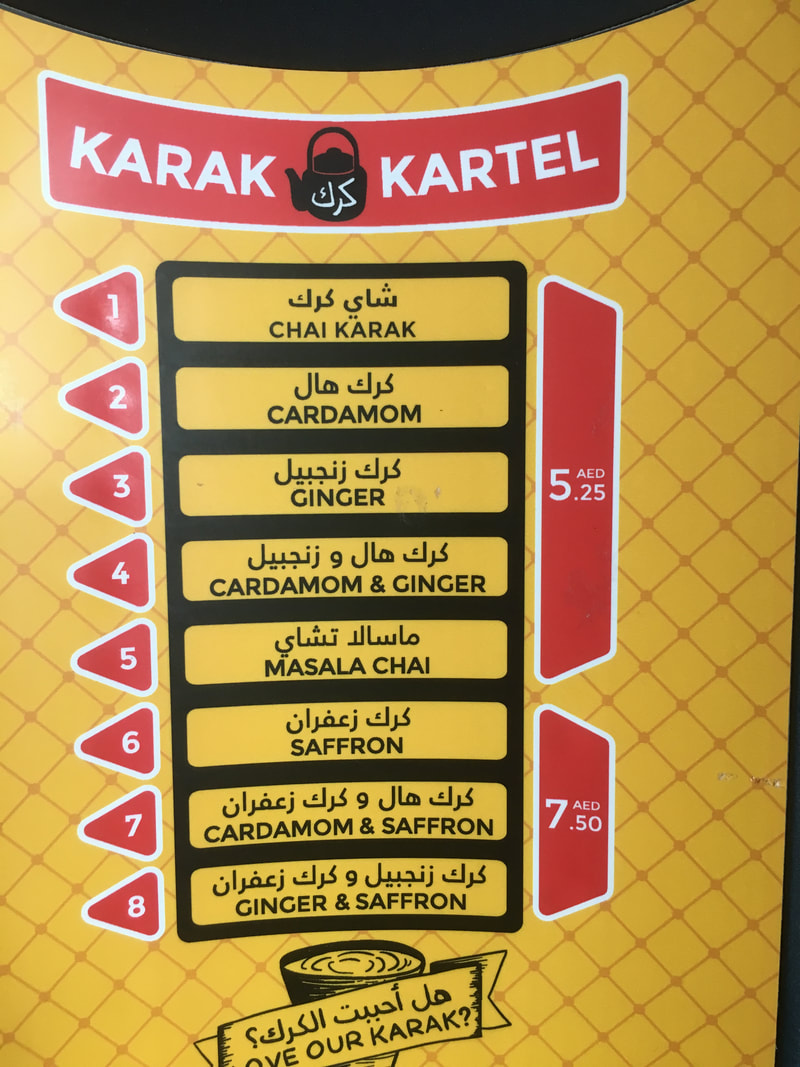

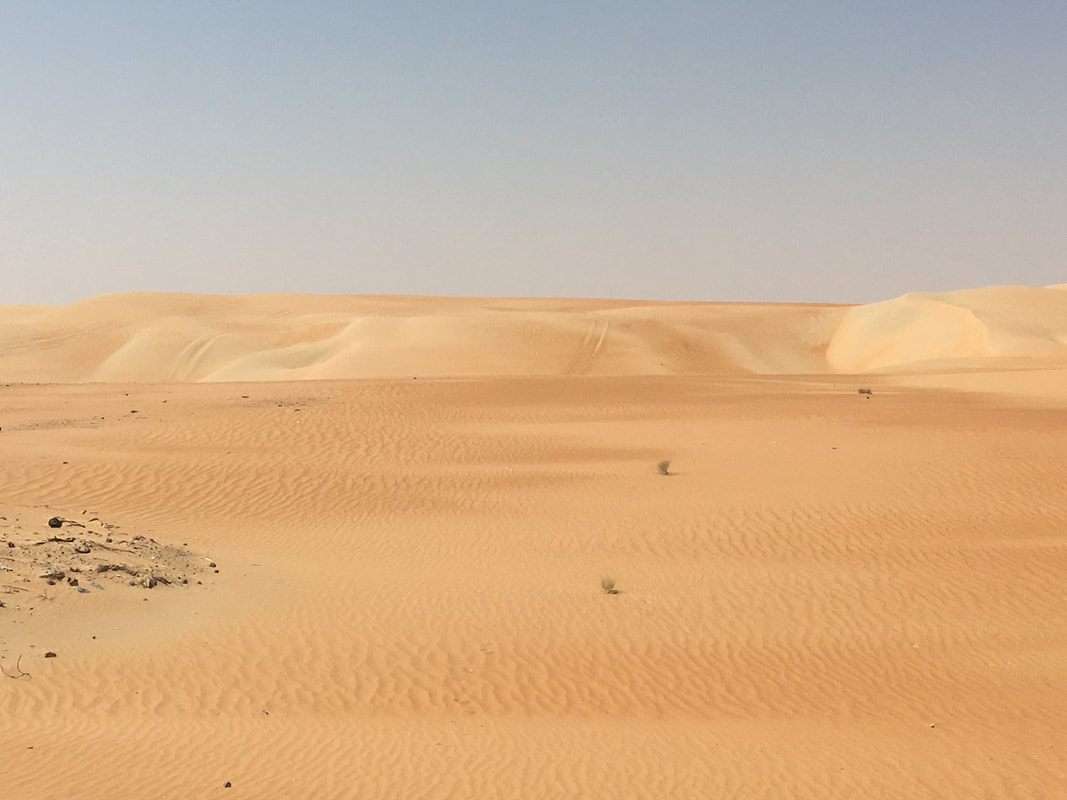
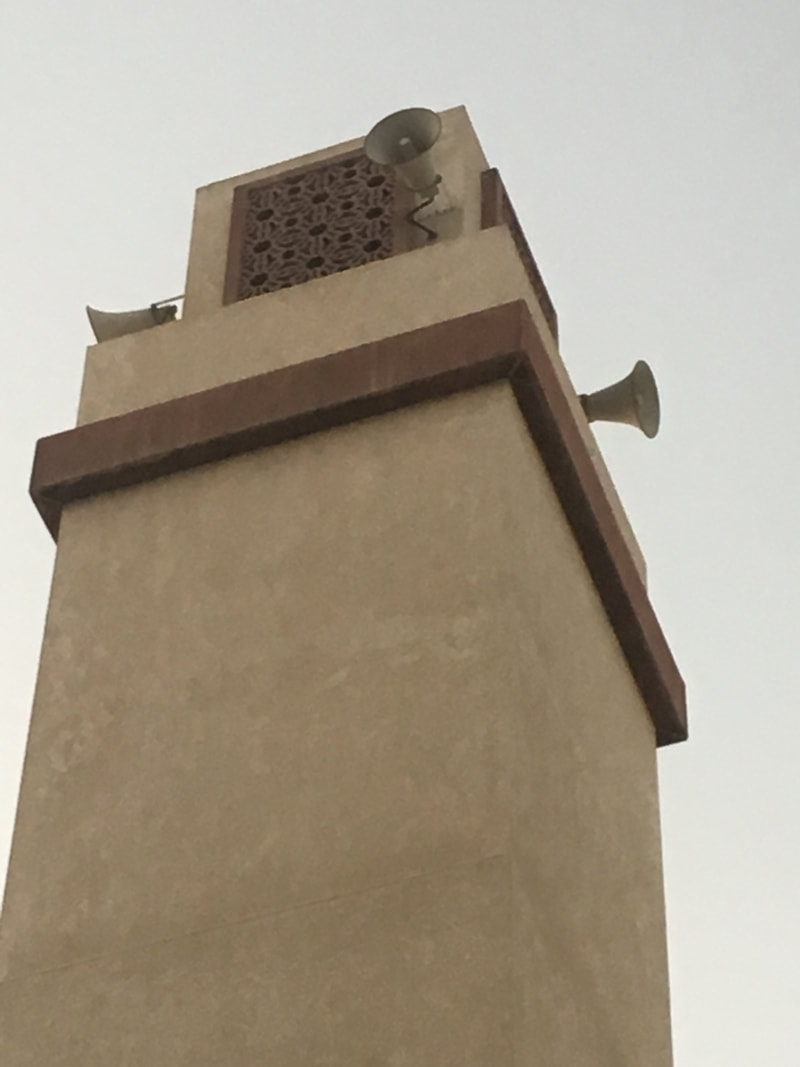
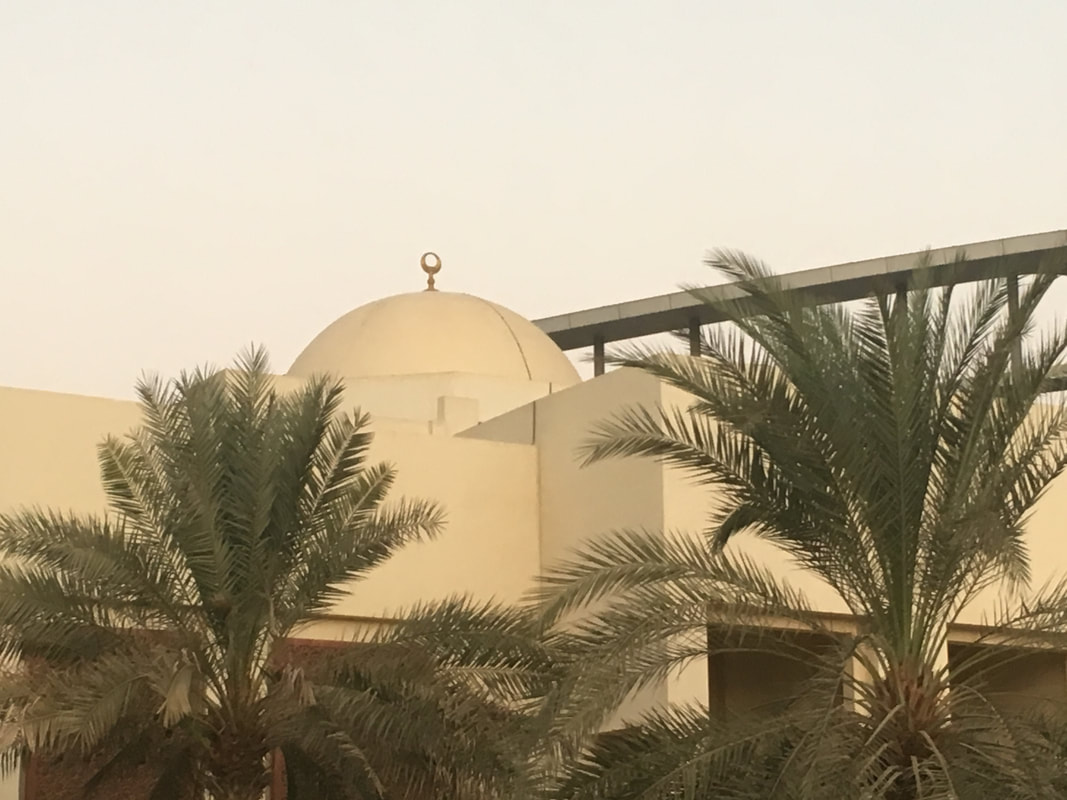
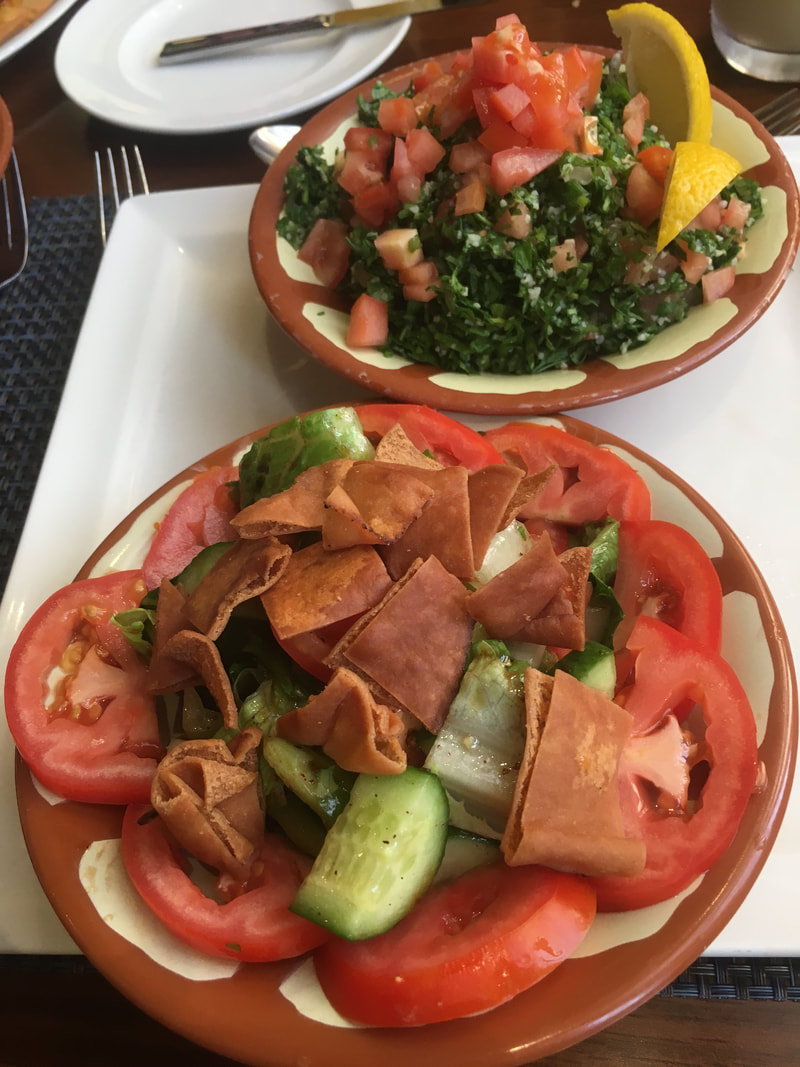
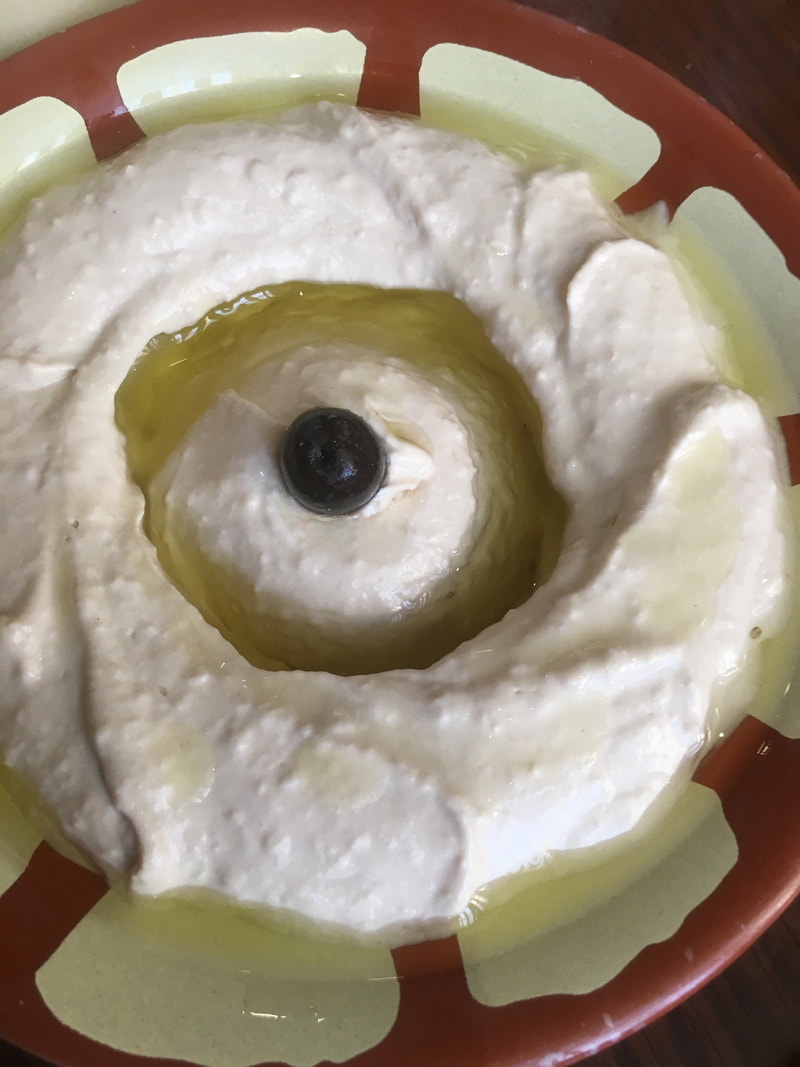

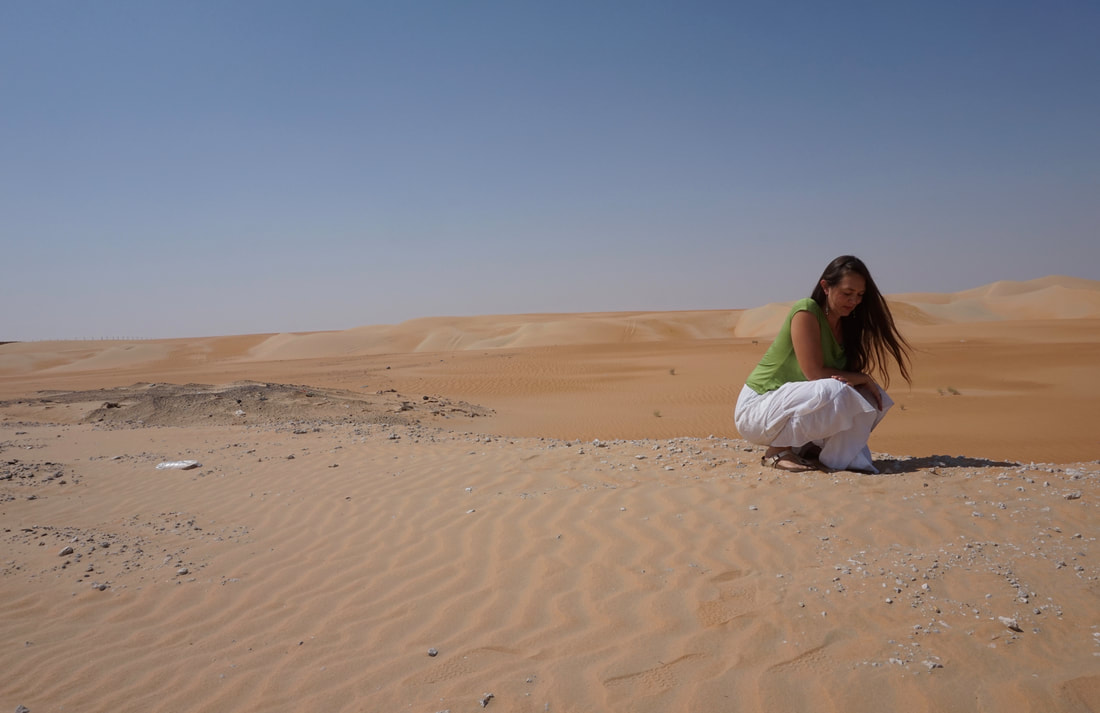
 RSS Feed
RSS Feed
